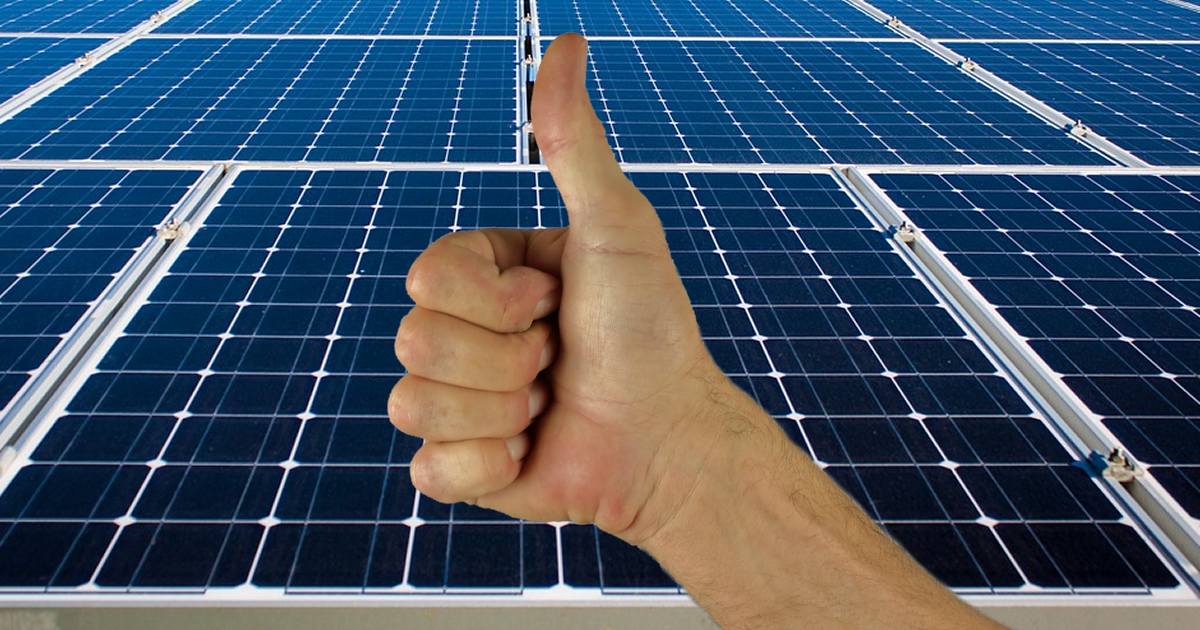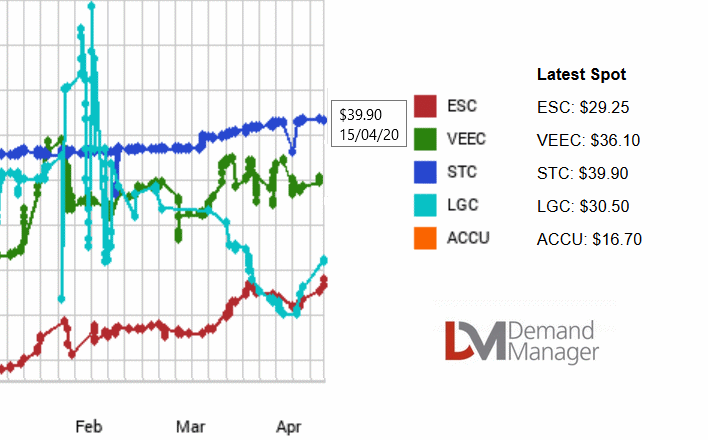There’s been an interesting turn of events relating to the mechanism that forms the basis of Australia’s solar power subsidy.
The “solar rebate” is based on virtual bits of paper called Small-scale Technology Certificates (STCs). The number of certificates accompanying an eligible solar power system installation depends on the system size, installation date and location (zone).
These certificates have a monetary value that fluctuates with market conditions. The maximum possible value is $40 and the minimum $0.
While STCs cannot be claimed, issued and converted to cash until after a system is installed, their value is usually offered as a point of sale discount to the customer. The solar business (or its registered agent) jumps through the hoops of claiming the STCs and converting them to cash later. So, in this respect it is a “solar rebate” – for the business, but the customer benefits from the subsidy when signing on the dotted line for the system.
As mentioned, STC value can range from $0 to $40 a pop. It’s never been down as low as $0 and as far as I know, never as high as $40. Over the past year, it’s been sitting around the $36 – $38 mark, which has been reasonable. A few years back, their value plummeted to as low as $26, which had a significant impact on the amount of subsidy available.
Very recently, market forces have driven STC value up well past the $38 mark – check out this slightly butchered graph of recent spot prices from DemandManager, which shows STC spot prices (in blue) reaching $39.90 on Wednesday. On Tuesday, the spot price hit $39.95.
Let’s take a look at the difference a few dollars can make on the subsidy for a 6.6kW solar system that has been installed in Adelaide. We can easily determine this using the SolarQuotes STC calculator, which shows:
- @ $37 per certificate = $3,700 subsidy
- @ $40 per certificate = $4,000 subsidy
An additional $300 off (or very close to it) is better than a poke in the eye with Ronald’s beard.

This handsome devil is SQ’s Ronald. His beard is registered as a deadly weapon.
Will High STC Values Hold?
As for how long this high STC value will be sustained, I have absolutely no idea. Originally when the spot price started inching up I thought it might be very temporary, but it’s been above $38 for over a month now except for that odd dive on the 6th. Demand Manager isn’t the only firm showing high values. Green Energy Markets‘ most recent spot price displayed on its website (bottom right-hand corner) was $39.40 for March 24, which lines up with DemandManager.
This extra “money for nothing” is yet another good reason why right now is a very good time to install solar panels. Grab it while you can, but do your research first to ensure you get the best possible system for your hard-won dollars that will provide maximum electricity bill-busting capabilities for many years to come.



 RSS - Posts
RSS - Posts



So lets say you engage an installer for a system, are they likely to list the STC at $39.90, or offer you less on your quote and take the difference?
Are they likely to offer less to cover fluctuations?
They will generally offer $2-3 less than the STC spot price to cover the admin cost of trading the STCs.
James Turnbull, Melton South, VIC., live alone in a small 2bdr, single level unit. Doing my best to have landlord install a 5kwh solar system. Quote from SolarRun from Wyndham (Werribee) how can I send it to you?
Enjoy reading info from you, thanks
Hi James
You can send it to me at [email protected]
So, I ask for lay outs for a system on my single phase residence and all I ever get is a “6.6kW system” which only has a 5kW inverter. When will my system ever make 6.6kW for more than a few seconds?
Hi Mark
Solar panels very rarely produce their rated output, so having a panel capacity greater than the inverter capacity makes sense. This is especially true in Australia where the subsidy for rooftop solar is based on the solar panel capacity rather than the inverter capacity. The extra panel capacity above the inverter capacity improves the output of the system at little cost. Here’s an article going into the details:
https://www.solarquotes.com.au/blog/oversizing-solar-arrays/